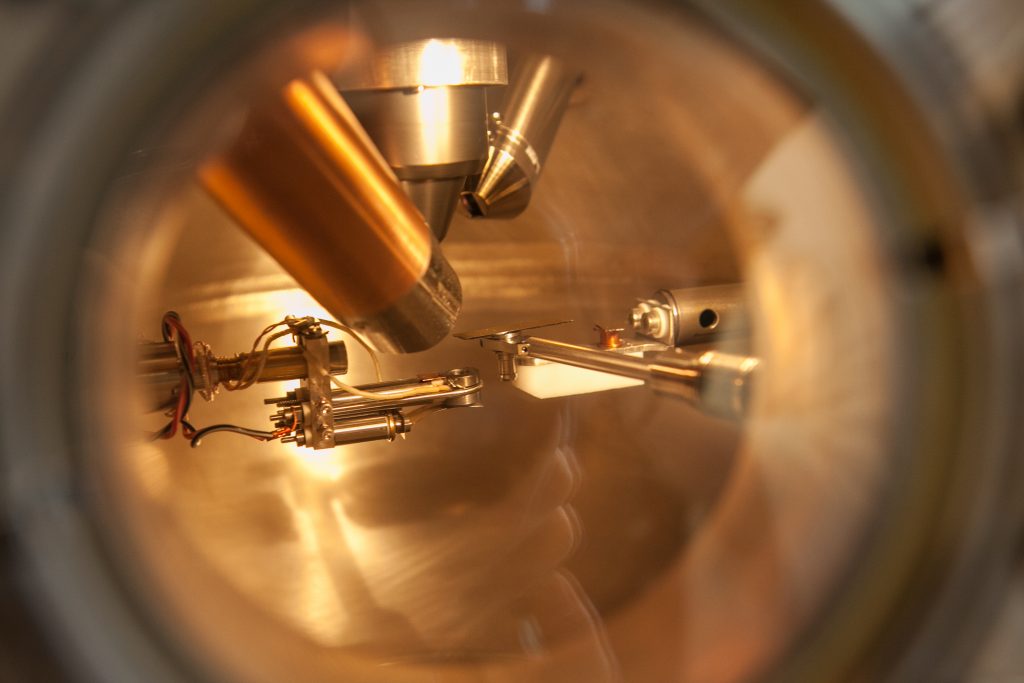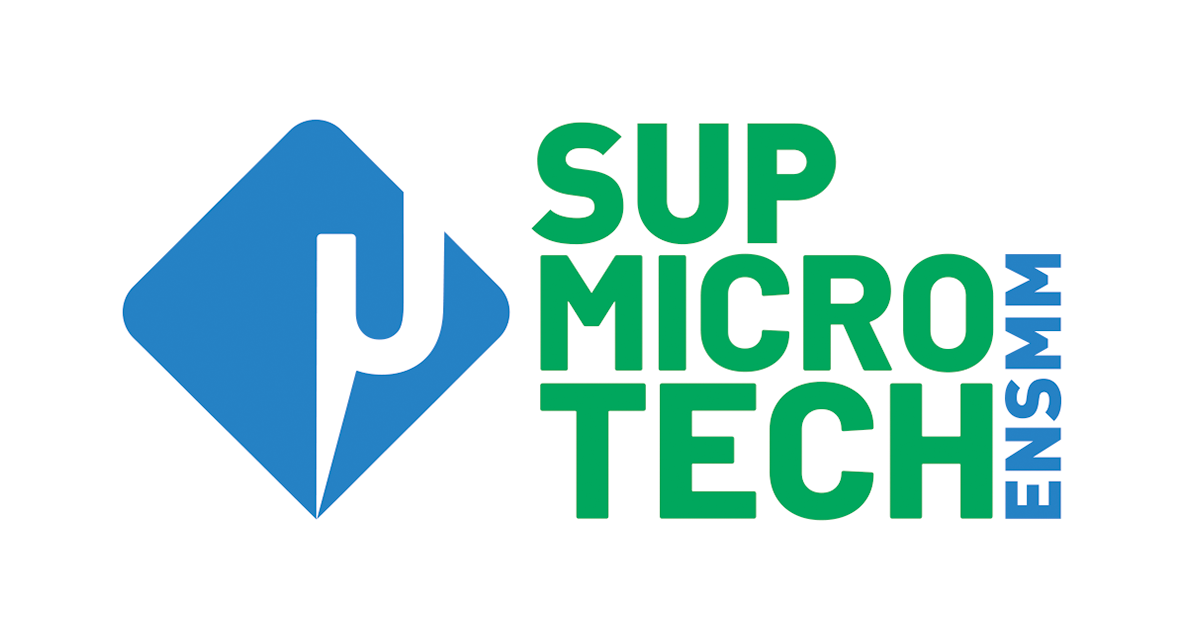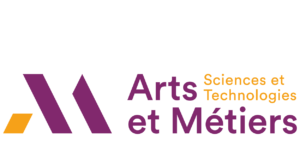1st Axis: Advanced materials, waves and smart systems
The scientific expertise linked to the following themes will be developed within the framework of this priority field:
- Materials and advanced processes: (nano)materials and composites, sustainable chemistry, structured thin films, functionalised surfaces, manufacturing of micro/nanomaterials, metals for components of the nuclear industry
- Integrated smart systems and underlying components: micro/nanotechnologies/robotics, non-linear (nano)photonics, new computer science paradigms, phononics, time-frequency components, sensors.
- Hydrogen energy, cogeneration of electrical and thermal energy: materials and systems for generating electrical power (stationary, transport, micro-networks), electrical and thermal conversion systems.

This field relies on partnerships with major industrial stakeholders (e.g., Airbus industries). Quite a number of them are established in the Bourgogne-Franche-Comté region (Areva, PSA Peugeot-Citroën, Alstom, their subcontractors, etc.). It gathers all the fundamental research projects and technologies useful to the development of advanced materials and smart systems, among which green energy production systems
The aim is to improve the performances and the safety of production plants while meeting high expectations in terms of longevity and durability.
The approach to the safety issues of industrial facilities is three-fold; it addresses:
- The development of materials and manufacturing processes
- Systems control via various connected, integrated sensors
- All-optical computing based on neuromorphic algorithms to treat measured data, predict the evolution of critical parameters – workability, autonomy, reliability – and update feedbacks to the controlled system.
As an example of an approach to a durability stake, the micro-networks used to optimise renewable power sources in buildings or zero-emission vehicles are aimed to last 10 years, with a maintenance frequency of more than one year.
To support these approaches, I-SITE BFC possesses the required scientific resources, combining physics, mathematics, micro/nanotechnologies, sustainable chemistry, structuring and activation of materials, photonic and phononic waves, control, integrated devices, engineering, and new paradigms for data treatment (quantum/neuromorphic computing).
These paradigms are tightly linked to the capacity to anticipate major risks, which today are an essential ingredient of safety protocols. All-optical data treatment using algorithms based on brain functioning is considered as an alternative to electronic computers, which are gradually reaching their technical limitations as regards the speed of the information flow and energy consumption. Thus, the integration of material properties into feedback loops including acquisition, measurement and intense computing capacities will lead to the creation of novel devices relying on data treatment, using superfast nano-photonic components. The recognised level of excellence of the photonics community of Bourgogne – Franche-Comté and the recent first world demonstration of the concept of neuromorphic all-optical computing allow us to contemplate taking up this challenge.
This reasoning implies integrating functions (data acquisition/treatment, command refresh, communication) into the components, and leads us to imagine such small (nanoscale) components that they may be considered like the constituent “atoms” of programmable matter (“claytronics”, a neologism originally referring to the material used by a sculptor to make a volume of an arbitrary shape emerge).
In this vision, nano processors called “claytronic atoms” (“catoms” in short) interact with one another to form a tangible 3D object able to re-configure its own physical properties based on external stimuli from autonomous data acquisition or a user’s action (e.g., through touch).
The development of programmable matter should lead to numerous applications in devices in the fields of medicine, energy, transport, space, defence, and everyday life. The current experimental configurations only imply a very limited number of catoms, with dimensions in the centimeter range. Downsizing to the nano-scale is a huge challenge as far as integration is concerned, and it will be necessary to rely on current know-hows in chemistry and advanced materials to develop “claytronic” alternatives to standard approaches in computing feedback, sensors, or even data transmission. This downsizing implies organising the actions/movements of millions of catoms within a claytronic device. This task is beyond current computer capacities and requires the development of a new paradigm of superfast cognitive computing based on photonic components.






